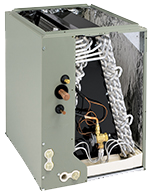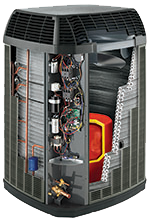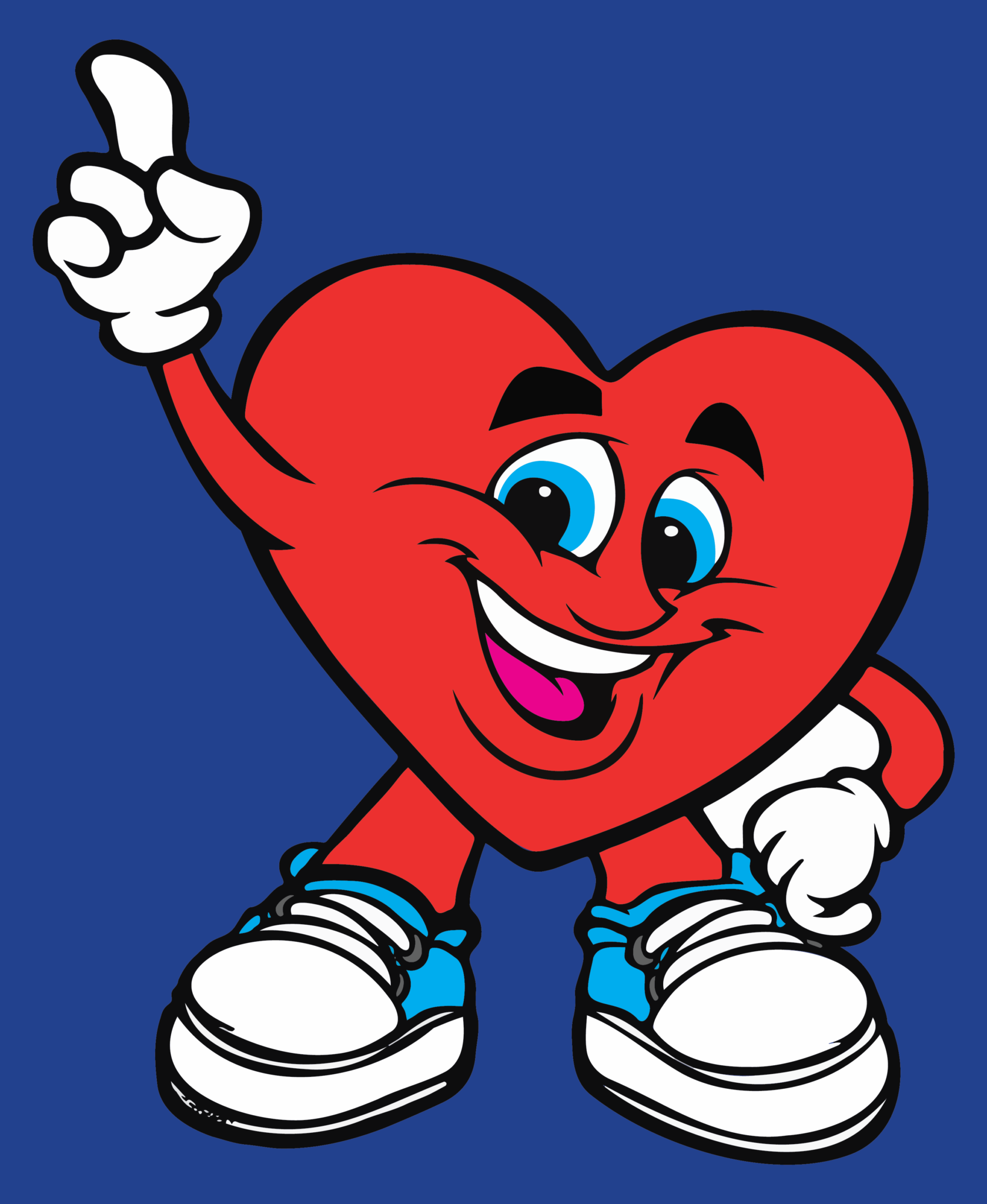Products/Equipment
- Home
- Products/Equipment
How We Work


Evaporator Coil
Condenser




Furnace
Air Handler




Heat Pump
Thermostat
Sometimes abbreviated to t-stat, the thermostat is the device that controls when a central heating and air conditioning system will turn on and off, based on temperature. Thermostats operate by homeostasis.
That means, when you set the thermostat to cool the space to a certain temperature, it will signal the air conditioning system to operate until the space is a few degrees cooler than the set temperature. Then, the system will cut off until the temperature in the space rises to a few degrees warmer than the set temperature. At that point, the air conditioning will turn back on. The process will continue this way until you change the temperature setting on the thermostat, and the same process works for heating, as well as air conditioning.

